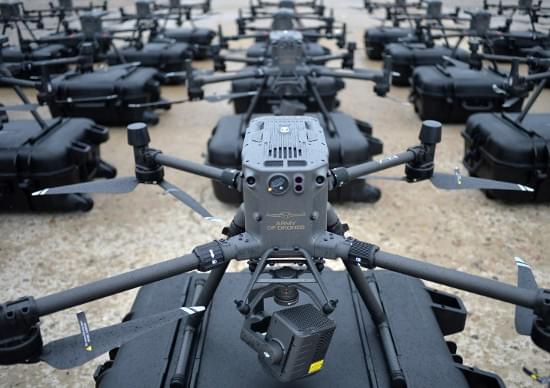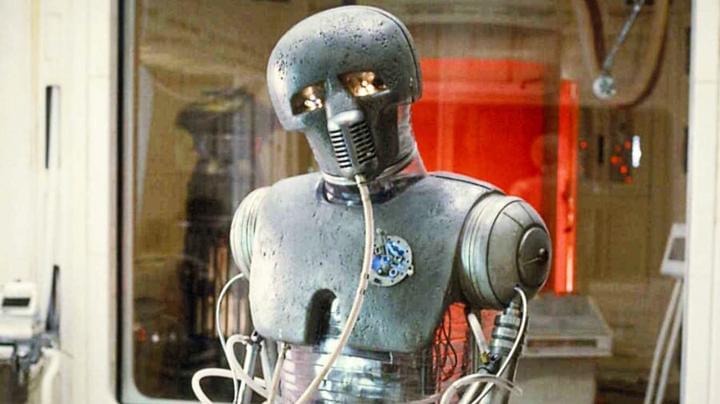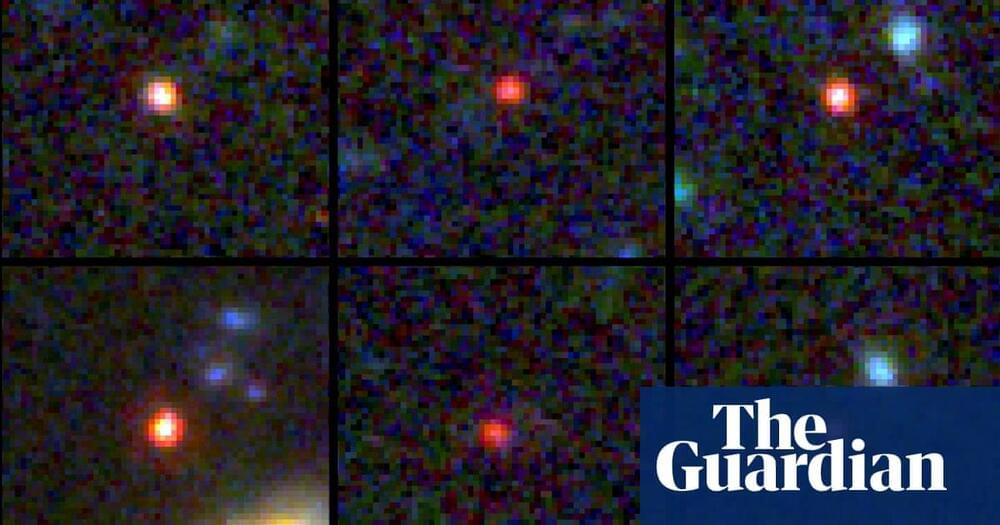They’re far bigger than was believed possible for galaxies so soon after the dawn of the universe — leaving scientists stunned.



Excerpt from album: Leviathan Device. Label: Cyclic Law. Release date: 2011. Country: Canada.
http://www.discogs.com/Triangular-Ascension-Leviathan-Device/release/2742614
I hold no rights! If the owner/owners of this material would deem that this upload violates any copyright law, please inform me immediately and I will remove the said material/materials.
Only for personal and non-profit use!


Astronomers have discovered a “runaway” black hole, potentially the first observational evidence that supermassive black holes can be ejected from their host galaxies. Astronomers have spotted a runaway supermassive black hole, seemingly ejected from its home galaxy and racing through space with a chain of stars trailing in its wake.



The latest bombshell to hit the ChatGPT spectrum is a report that as of mid-February, the AI has 200 or more books under its virtual belt published in Amazon’s Kindle store. Reuters notes that some titles are “co-authored,” but many are published as-is with no human intervention other than to submit the content and collect the money.
As far as anyone can tell, Amazon is trying to be as transparent as possible with AI-generated titles by tagging them ChatGPT and creating an entirely new section called “Books about using ChatGPT, written entirely by ChatGPT.” However, those are just books that content creators admitted to using AI to complete the work. There could be hundreds more pumped out by less scrupulous “authors.”
Despite the transparency, some in the industry fear that real authors will be hurt by a tidal wave of quickly produced mediocre books that water down the pool of quality work published by human writers. One writer Reuters spoke with went from concept to published work in a matter of a few hours. It was a children’s book with ChatGPT producing the text, and another AI to generating “crude” drawings.
Bain & Company has recently announced a global services alliance with OpenAI, the parent company of ChatGPT. Bain says that it will be using the AI-powered chatbot for creating ‘tailored digital solutions for its clients’.
In November, Notion began testing a generative AI feature within its popular note-taking app.